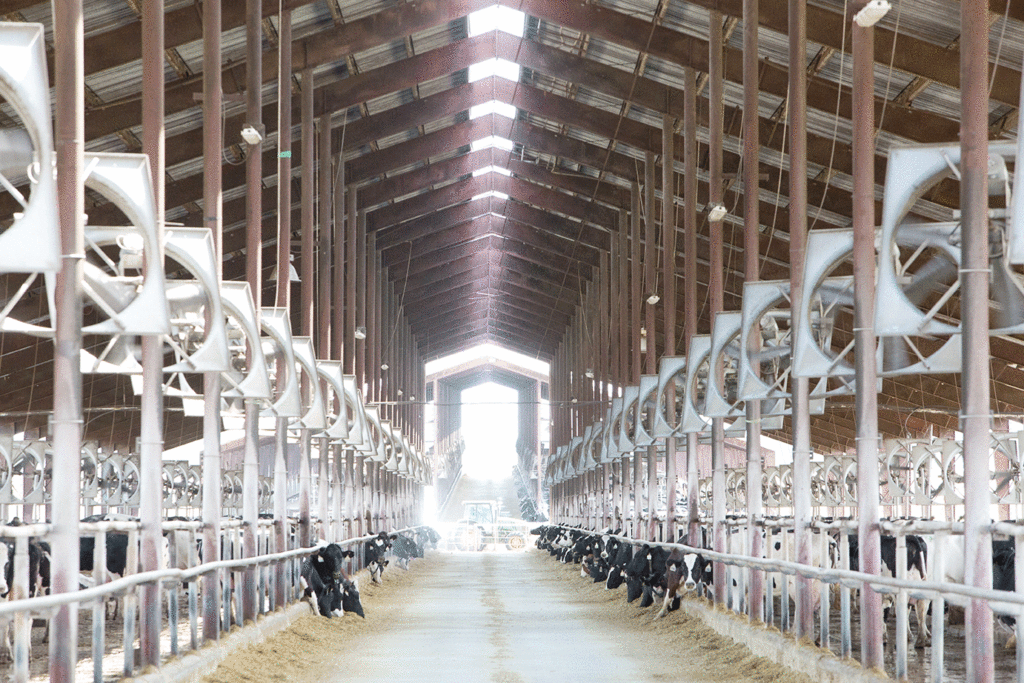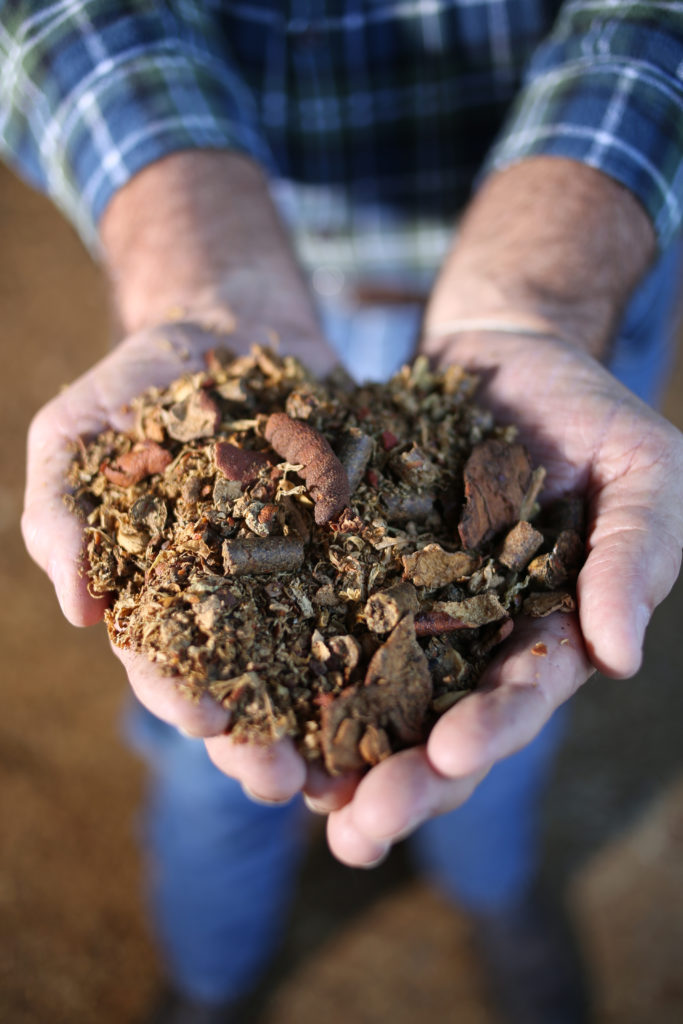Want to learn more about what dairy farms are? This post shares What is dairy farming and all about how dairy farms in Florida stay sustainable. As well as how many dairy farms are in the US and Florida.
I am excited to partner with Florida Milk again on this post. As always opinions are 100% my own.
One of the things that I have enjoyed during all this craziness is taking time to learn as a family. Since I have partnered with Florida Milk I thought learning more about dairy farmers would be something our entire family would enjoy. In case you missed some of my other collaborations with Florida Milk, be sure to check out these posts.
Dairy Farms
What are Dairy Farms
According to 4H, a dairy farm is where female livestock are raised for their milk. The most common dairy animal is a cow. Dairy cattle produce a lot of milk. Farmers must collect the milk from the dairy cattle 2-3 times a day, every day, 365 days a year.
Activities on a Dairy farm include:
- Milking the cows
- Feeding the cows proper nutrition
- Helping mother cows give birth to babies who are known as calves
- Caring for cows if they get sick
There are about 40,000 dairy farms in the US according to Farm Aid.
Dairy Farms in Florida
There are about 125,000 dairy cows in Florida that collectively produce about 300 million gallons of milk a year. Each Florida dairy cow produces on average 6-8 gallons of milk each day,
Most of the dairy cows living in Florida are Holsteins. Holstein cows are the black and white cows. In Florida the counties with the most dairy farms are Lafayette and Okeechobee. Herds in Florida generally range from 150 cows to 5,000 cows.
Most of the owners of dairy farms are second and third-generation farmers. Meet Florida Dairy Farmers here
How Dairy Farms in Florida Stay Sustainable
Farmers have a reputation of being the first environmentalists and are committed to caring for the land, water and air.
Dairy Farmers make many sacrifices to help produce food for the world. Successful farms need the skills of vets, teachers, laborers, scientists and engineers in order to keep their farms sustainable. Many use technology like RFD codes to automatically ID & measure the milk of each cow on the farm. This tracking allows them to monitor milk production. If there is a change in the production it flags the farmers that those cows may need a physical to determine if something is wrong with them. If so, they are taken to a separate part of the farm to be treated.
Today, dairy farmers produce a gallon of milk using 95% less land and 65% less water while producing 76% less manure compared to 1944.
Cow Care
Dairy farmers know that Herd health + productivity = Environmental protection. So, they work hard to reduce the stress on their cows. Some of the improvements this generation of farmers have made including:
- Free Stall Barns. These barns are open air.
- Cooling Systems - Within the free stall barns they have misting systems and fans to help control temperatures. The moisture from the misting systems cools the air. And combined with the fans they can make the temperature comfortable even on the hottest days in Florida.
- Sand Beds - farmers also frequently turn and so that the cows have a cool resting bed.
Nutrition
Nutrition is so important for sustainability since it is important to the quality of the herd. Therefore many farmers use certified nutrient management plans. In these plans nutritionists match formulas for food with what the cows need. Florida dairy farmers recycle about 170,000 tons of byproducts from other industries such as citrus pulp, brewers’ grain and whole cottonseed that are consumed by the cows instead of ending up in landfills.
You can call cows nature's recyclers because they enjoy eating food that would have otherwise gone to landfills.
Sustainable Environment
In addition to proper nutrition dairy cows need to drink plenty of clean water to stay healthy and produce quality milk. Dairy farmers often use the best technology and conservation plans to keep their farms sustainable. Many dairy farms have elaborate engineering plans for irrigation, pumps and waste management systems because they take water protection and conservation practices seriously.
This also includes the proper recycling of cow manure. This is essential so farmers can protect nearby bodies of waters including: lakes, rivers and streams. Cows produce a lot of manure. Many farmers use lagoon systems that hold and store manure which allows the farm to retain and reuse waste water. And farmers use this manure and waste water to fertilize their crops according to a Nutrient Management Plan. Some farms have designated as much as 90 acres for rain water ponds to ensure that no waste water goes into the watershed.






Leave a Reply